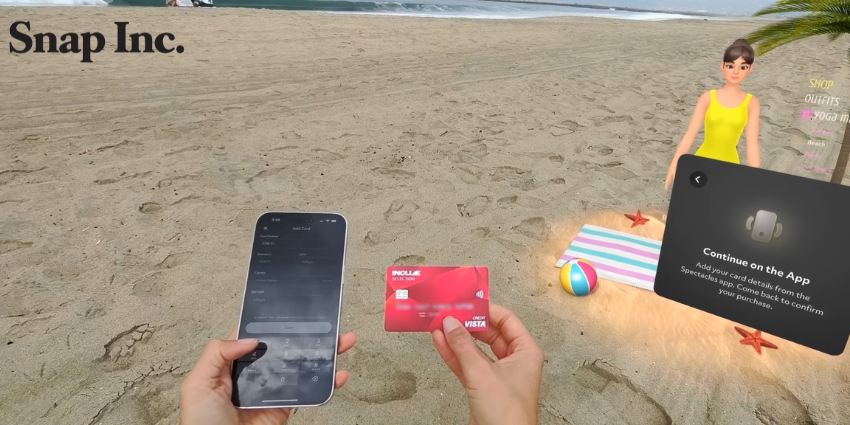Chinese e-commerce giant Alibaba has launched its new AI-powered Quark smart glasses. Another headset? Another “revolution”? My cynical side warmed up for its usual eye-roll – but this time, the feeling was somewhat different. Not hype. Not the typical “XR leap” story. This announcement feels like a subtle shift in the global XR atmosphere: the kind that makes you look up because something big might be forming overhead.
The AR Market Just Got a Plot Twist
If you’ve been tracking China’s XR acceleration, this moment shouldn’t shock you. Huawei, Rokid, and others have spent the past two years proving that China’s enterprise AI and hardware capabilities may outpace Western expectations. Meanwhile, Samsung and Google are collaborating on a mixed reality resurgence that could finally give Meta some competition.
Now, Alibaba drops Quark – a lightweight, AI-native solution fused directly into one of the most deeply embedded digital ecosystems on the planet.
The global XR market – long positioned as Silicon Valley’s personal playground – is suddenly much more crowded, and far more unpredictable.
Quark’s Real Power: Infrastructure, Not Optics
Commentary around AR hardware often gets lost in the standard checklist: optics, processors, and field-of-view diagrams that resemble abstract geometry. But the winners of the AR glasses race won’t be determined by spec sheets. They’ll be determined by whether the device becomes a natural extension of your digital life – a seamless addition, not a gadget dangling from your face.
Mark Zuckerberg has been shouting this for years: AR glasses only win when they behave like infrastructure – messages, meetings, tasks – seamlessly available, context-aware, and invisible until needed.
Alibaba understood the assignment.
Quark plugs directly into its ecosystem, encompassing commerce, payments, cloud services, enterprise productivity, and even logistics. This isn’t another app layered onto a wearable; it’s an extension of workflows millions already rely on. Glasses that don’t need to learn your habits because they’re already baked into the platforms you use. For enterprises, that’s gold. For Meta, it’s a warning shot.
Silicon Valley Can’t Assume It’s Winning Anymore
For years, the Western industry narrative treated China’s XR trajectory like an interesting subplot – innovative, sure, but not existential. That logic no longer holds.
The new wave of Chinese XR – from Rokid to Huawei, and now Alibaba – isn’t positioning itself as “alternative hardware.” It’s infrastructure-first, enterprise-ready, and designed for massive user bases that already operate inside coherent digital ecosystems.
China doesn’t just build devices. It builds ecosystems. When XR becomes part of those, adoption isn’t an experiment – it’s an inevitability. Suddenly, Silicon Valley’s “head start” feels less like a competitive advantage and more like a historical footnote.
A Three-Way XR Tug of War
We’re entering a triangular XR landscape, and the battle lines are philosophical as much as technological:
- US players attempting to pivot social-first XR into enterprise workflows
- Samsung + Google rebuilding mixed reality’s momentum after years of false starts
- China’s giants deploying AI-native AR glasses anchored to enormous, daily-use digital ecosystems
Three strategies. Three ecosystems. One looming question: whose vision becomes the foundation of the workplace metaverse?
What’s Next for XR?
Alibaba isn’t just launching a device – it’s accelerating a shift in how XR ecosystems are defined, deployed, and adopted. The metaverse no longer has a single capital. It has several competing power centers, each vying to own the invisible layer that sits over our digital work lives.
As spatial computing becomes as ordinary and as essential as email, the critical question isn’t which headset is “best.”
It’s this: Whose metaverse will your workplace live in?







